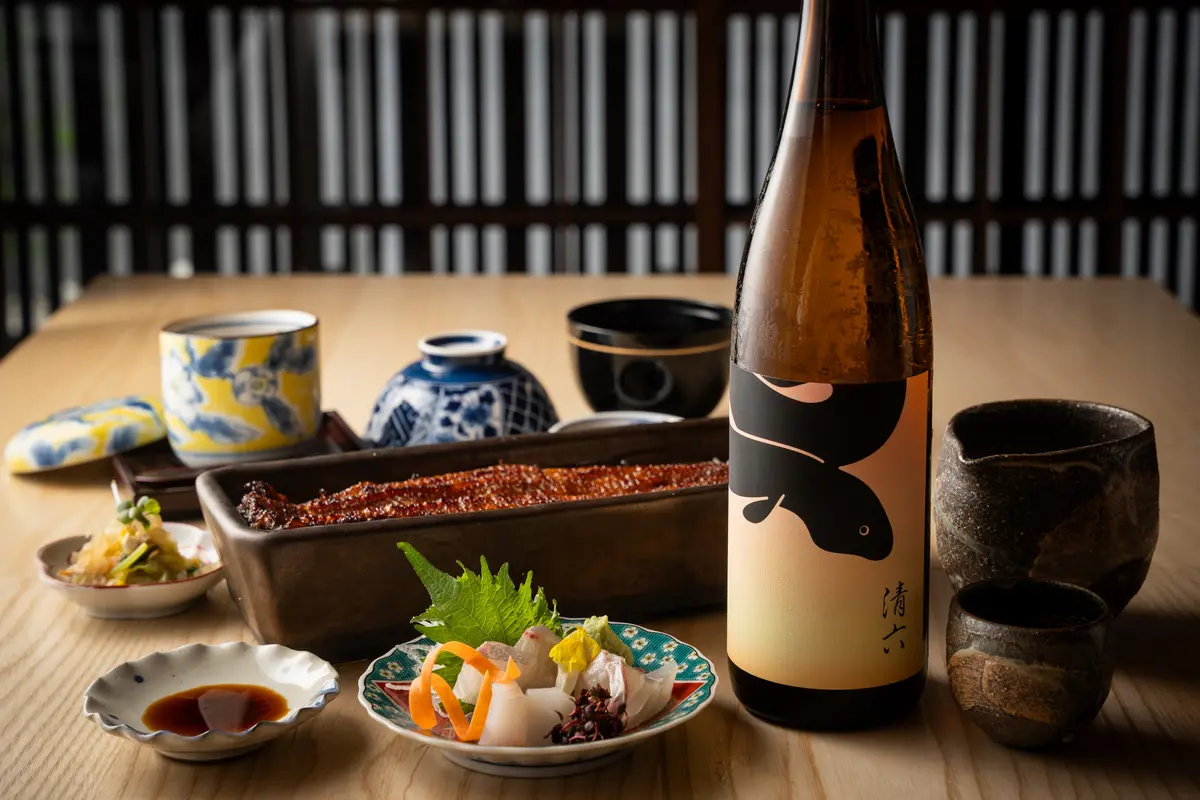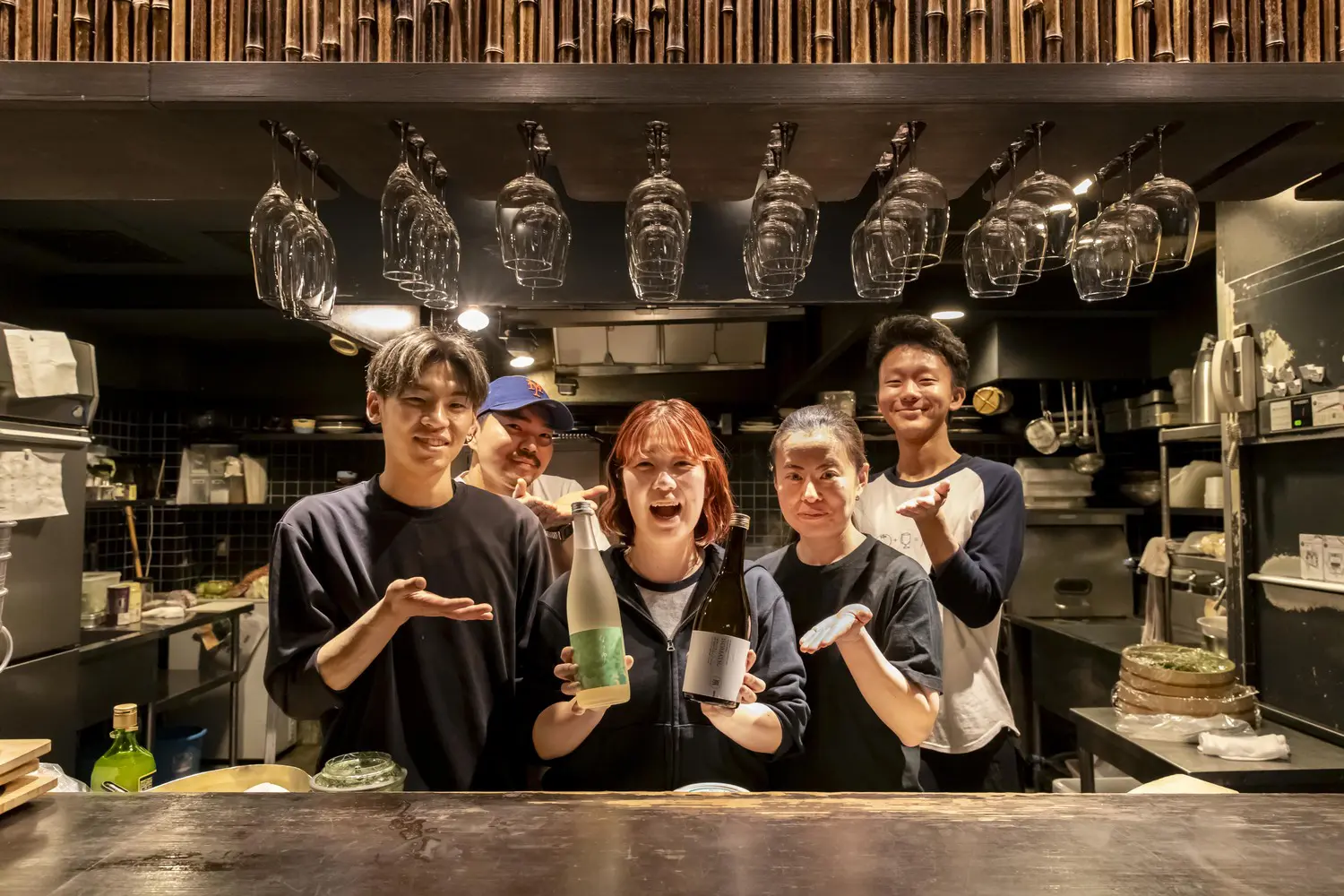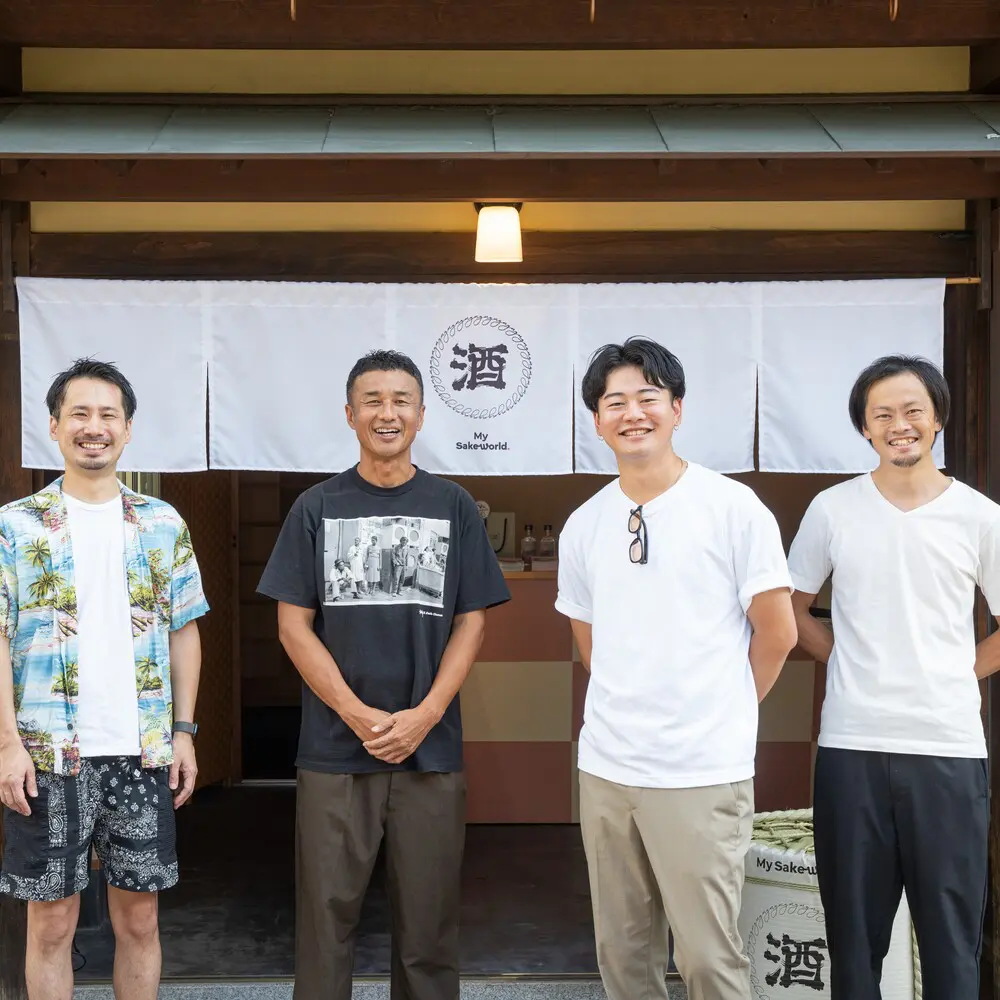The Assemblage Club, a sake brewery in Kyoto, and My Sake World, a spot where individuals, restaurants, and businesses can create their own blends of sake, were realized with the cooperation of three Kyoto sake breweries. We interviewed the breweries and people who are cooperating with and supporting this unprecedented sake blending project, to find out why they decided to participate and how it has affected their lives.
In this issue, we interviewed Tokubei Masuda XIV, Chairman and Representative Director of Tokubei Masuda Shoten, who is also the master blender of the Assemblage Club.
Founded in 1675, Tokubei Masuda Shoten, known for its famous sake "Tsuki no Katsura," is one of the oldest sake breweries in Fushimi, Kyoto. It is one of the oldest sake breweries in Fushimi, Kyoto. The brewery survived the devastation of the Battle of Toba-Fushimi, and since the Meiji era, it has been a favorite of numerous writers and cultural figures, including literary giants Junichiro Tanizaki and Kafu Nagai. In 1964, the company released Japan's first sparkling nigori sake, and was also one of the first to store aged old sake. In recent years, the company has continued to lead the industry by reviving the use of locally grown sake rice from Kyoto, as well as by working to develop low-alcohol sake.
A "new discovery" in sake blending

- We would like to ask you about the genesis of the Assemblage Club, a new concept of blending sake, for which Masuda-san is the master blender.
Mr. Masuda: "Assemblage is originally a term for wine, and it is a method to adjust the taste to be the same every year. For consumers, there is a sense of 'last year's sake tasted like this, but this year's tastes are different. In the case of sake, there have been cases of blending sake made by the same master brewer in the same brewery to create a new product. However, in the Assemblage Club, we took sake made by completely different companies, expanded the range to include aged sake and sake with different alcohol content, and put forward the new discovery of how blending this and that can change the flavor. This approach also makes it interesting to match the sake with a specific dish. That was the start of the Assemblage Club.
-The sake brewery's cooperation with Mr. Masuda has made it easier for other breweries to cooperate.
Mr. Masuda: "I have always felt that somewhere along the way, we needed to break the fetters or fetters that have held sake back and create a new genre. I think the time was right.
-What is the philosophy that is important to you as a master blender?
Mr. Masuda: "Sake is a luxury item, so rather than making sake for everyone, I think it is the job of the master blender to imagine the individual characteristics of each sake and suggest what kind of sake would go well with this dish, and to convince everyone's palate. I think it is my sense that it is possible to make something more interesting if it is a little off the beaten path rather than in the middle of the pack or in the middle of the range. That's why I think it's important to pick up sake that has a special flavor and accentuate it in the blend.
[Experience a surprise at My Sake World
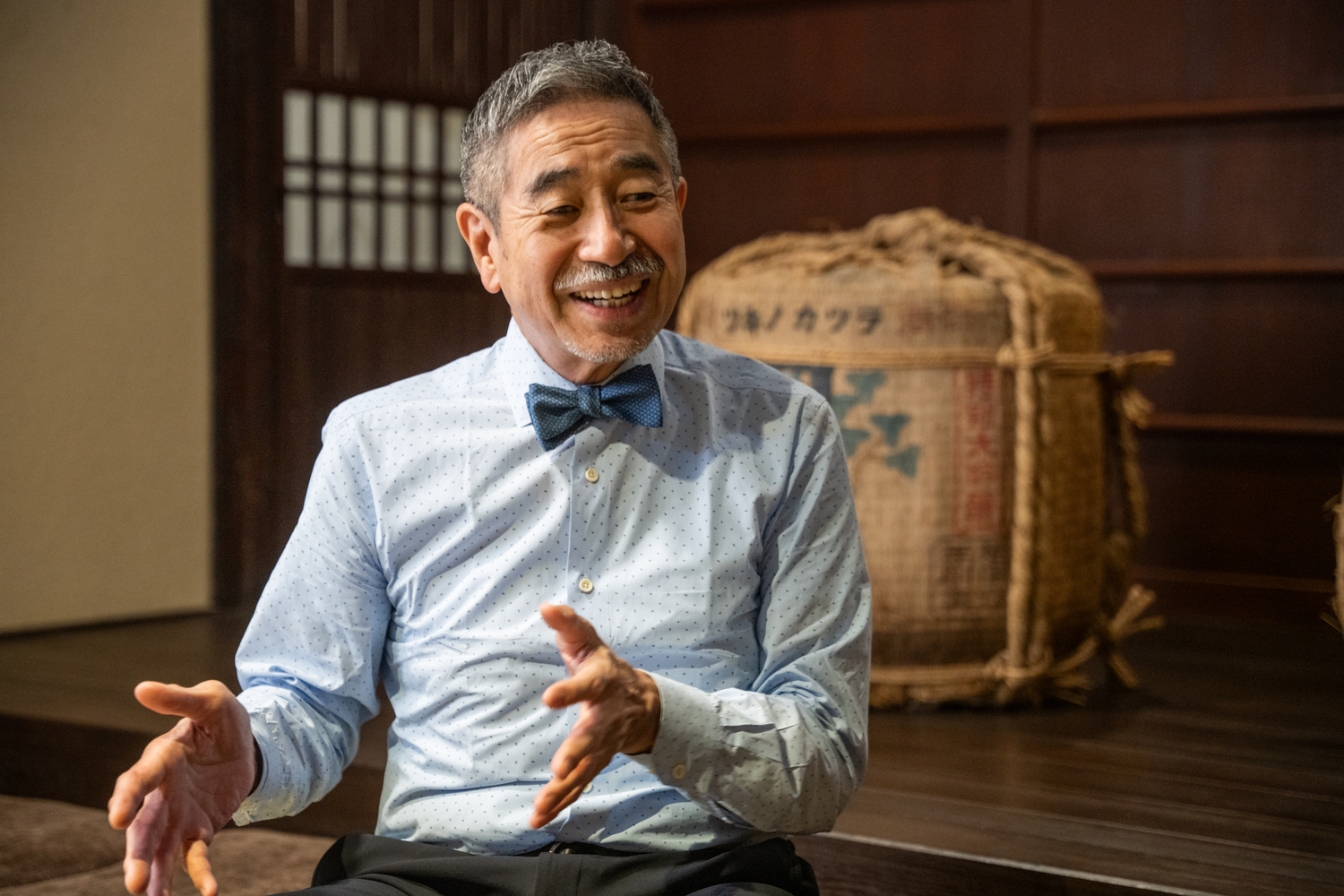
The guests also visited My Sake World, a hands-on facility where anyone can make their own original sake blends.
Mr. Masuda said, "I think people who are interested will really enjoy the experience of using such a set of experimental tools. It is also good that there is a sense of participation in creating one's own sake. I also tried it myself, and I think acidity is one of the most important elements in balancing the taste of sake, so I put it together while thinking about that, and then blended it while taking into account the softness and the pull of the second half.
-Have you used your company's "Embraces"?
Masuda: "We used other sake as a base and added a little more. When I started researching blends at Assemblage Club, I had the impression that adding a little low-alcohol sake would broaden the base of flavor variation. I am conscious of this. Then there is old sake. One of the surprises of the blends was the depth and volume that could be achieved by using old sake as an accent. It was fresh and interesting.
-Speaking of old sake, Mr. Masuda is also the president of the "Toki (time) SAKE Association," which was established by breweries that focus on aged sake.
Mr. Masuda: "Twelve sake breweries are members of the "Toki (Time) SAKE Association," and we are now beginning to blend aged sake from several of them into products. It is not interesting for me alone, so I have asked Mr. Seiichi Koshimizu (Chief Blender Emeritus, Suntory Spirits Limited) to be a guiding light. I want to create something that will be recognized by the world's upper class, but at a price that will allow it to be enjoyed as a food sake.
- I see that the blending method is also in the spotlight in aged sake.
With a new master brewer, the company returns to its roots in handmade brewing.

-Then, finally, please tell us about what you are working on now.
Mr. Masuda: "We have a new toji starting in 2024, and the taste of our sake has changed a little. In addition, we are returning to handmade methods in areas that had been mechanized a bit in the past. Specifically, koji making, which is the heart of sake brewing. Last year, traditional Japanese sake brewing was registered as an Intangible Cultural Heritage by UNESCO, and we are now reviewing koji, which is the basis of sake brewing, from the very beginning.
-You are still very much committed to sake brewing, aren't you? Thank you for taking time out of your busy schedule today.
The conversation went into sake culture and history, and the interview was enjoyable, even if it did digress from time to time. What struck me most about Mr. Masuda's words was "Do something strange, something not everyone else is doing. Without challenge, there is no success. Originally, Tokubei Masuda Shoten was a traditional yet forward-thinking sake brewery that pioneered the development of Japan's first sparkling nigori sake and aged old sake. The "blending" method, a new genre in the history of sake, is something to keep an eye on in the future.



![アッサンブラージュは日本酒の“枷”を解く新ジャンル [増田德兵衞商店]増田德兵衞さんインタビュー](https://sakeworld.jp/abc/wp-content/uploads/2025/10/DSC01225-1.webp)
